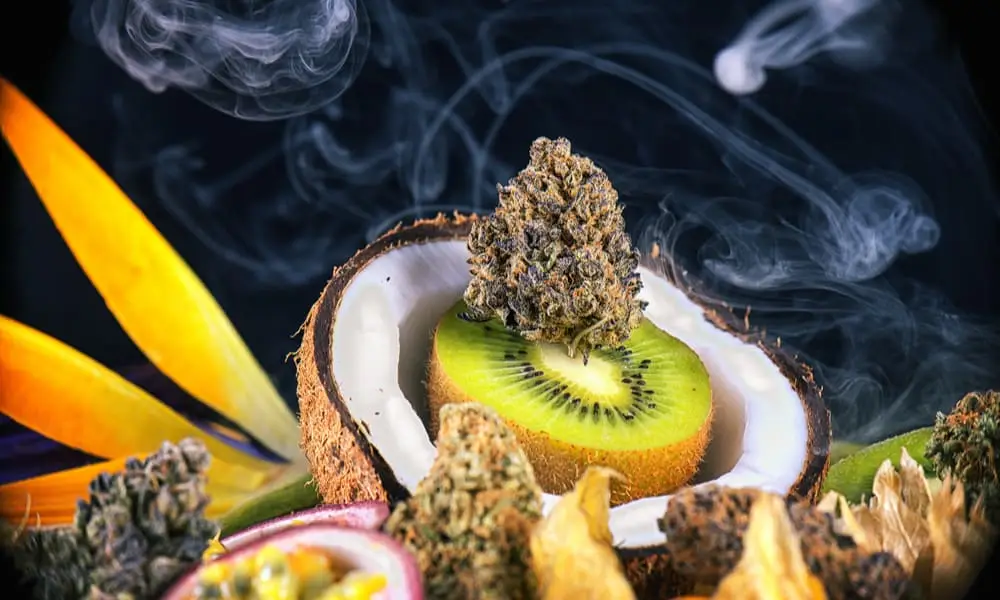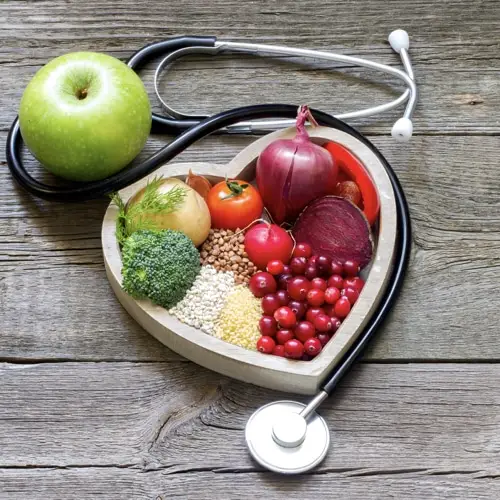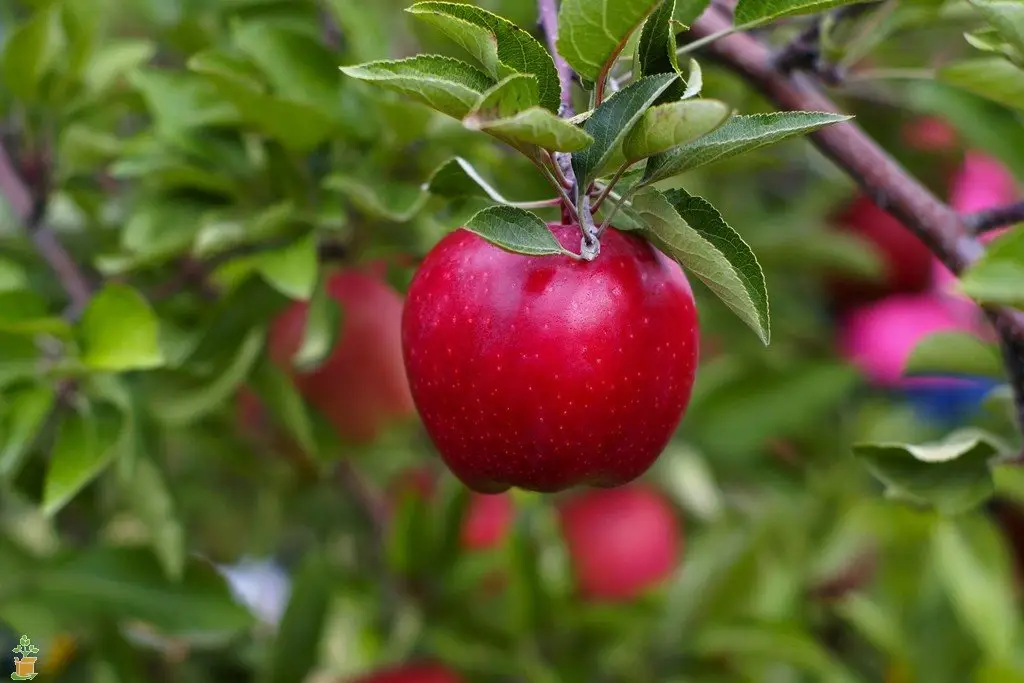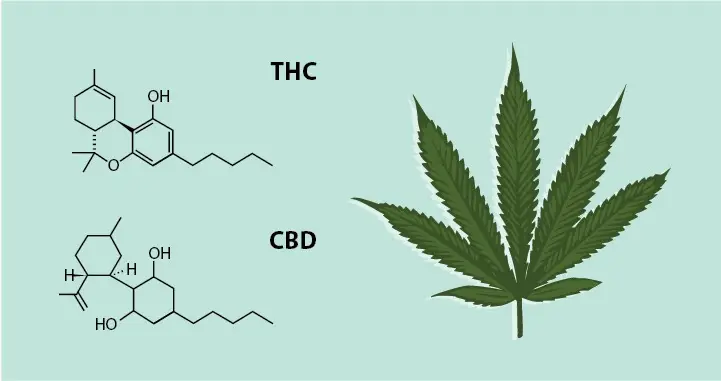CANNABIS 2018
CANNABINOIDS, FLAVONOIDS, TERPENES & CHLOROPHYLL
Gerald J. Joseph, B.S., M.Ed. HealthCoach
There is allot of confusion about Cannabis and the health benefits from this remarkable plant species that co-evolved with man and has been used for thousands of years.
The connection between man and his search for drugs in nature dates from the far past, of which there is ample evidence from various sources, written documents, preserved monuments, and even original plant medicines.
Awareness of medicinal plants usage is a result of the many years of struggles against illnesses due to which man learned to pursue drugs in barks of trees, seeds, fruit bodies, and other parts of the plants.
The oldest written evidence of medicinal plants’ usage for preparation of drugs has been found on a Sumerian clay tablet from Nagpur, approximately 5000 years old. It comprised 12 recipes for drug preparation referring to over 250 various plants, some of them alkaloid such as poppy, henbane, and mandrake.
Both hemp and marijuana are part of the same Cannabis species of plants, they can be male, female, or both (hermaphrodite). Hemp is the non-psychoactive variety, (CBD), marijuana has psychoactive properties, (THC). (Marijuana is actually the slang name for Cannabis)
What are the differences between Indica and Sativa?
The two major types of Cannabis plants are Indica, and Sativa. Each strain has its own range of affects on the human body and mind including medicinal benefits.
Both species of plants can produce psychotropic affects and both plants can effect humans differently, one evolved from a cold mountainous climate, Indica, and one, Sativa, from hot equatorial zones.
Modern Hybrid strains combine the effects of Indica’s and Sativa’s strains and are becoming very popular especially as designer Cannabis.
Cannabis is divided into two stains, Indica, and Sativa, with Hemp being a variety of the Sativa strain used mostly for industrial uses.
Hemp is a variety of the Sativa plant species which looks similar to Cannabis Indica and Sativa plants, with the hemp plant growing much taller and higher in CBD content than THC.
The hemp plant is raised for the production of hemp fibre, oil, seeds, and non-psychotropic (CBD) compounds, while its sister, (Cannabis Indica/Sativa) know as Marijuana, is a short branch variety prized as the more abundant source of the psychoactive substance called tetrahydrocannabinol (THC), the active ingredient of marijuana that has psychotropic affects.
Both Cannabis Hemp and Marijuana plants contain cannabinoids that have beneficial affects on human physiology and health.
Each strain of Cannabis has its own aroma and effect on human physiology. This unique signature is not only the result of cannabinoids, which are organic compounds found in Cannabis plants which include CBD hemp, and THC Marijuana, but also due to lesser known molecules called flavonoids, terpenes, and chlorophyll.
Some strains of Cannabis can offer a wide variety of effects on the body and mind like stimulating energy, reducing inflammation, sedation, euphoria, increase hunger, a natural painkiller, and or some provide a bit of all of the above.
But it’s not only the cannabinoids that are responsible for these different effects – lesser known molecules known as flavonoids and terpenoids play a huge role in the overall aroma and effect of a strain.
Many companies are now producing isolated CBD products which do not use the whole-plant and I personally do not believe provide the same health befits vs. using the whole organic plant with terpenes, and flavonoids.
The Cannabis plant is a very complex plant which produces well over 220 compounds that we have found to date. About 85 of those are cannabinoids, and another 120 are so called terpenes and some 20 are flavonoids.
Cannabinoids
1) Cannabinoids are the chemical compounds secreted by cannabis flowers that are being researched to verify the claims that they can provide relief to an array of symptoms including pain, nausea, anxiety, and inflammation.
Cannabinoids mimic compounds our bodies naturally produce, called endocannabinoids, (lipid-based neurotransmitters) design to stabilize health through a complex communication system mediated between cells called the Endocannabinoid System.
Cannabinoids bind to receptor sites throughout our brain (receptors called CB-1) and body (CB-2). Different cannabinoids have different effects depending on which receptors they bind to. For example, THC binds to receptors in the brain whereas CBD (cannabinol) has a strong affinity for CB-2 receptors located throughout the body. Depending on a Cannabis product’s cannabinoid profile, different types of relief and effects are achievable.
The most important point to understand is that man co-evolved with the Cannabis plant which accounts for all the receptors found through-out our bodies that the plant compounds stimulate.
Terpenes
2) Terpenes are a large and diverse class of organic compounds, produced by a variety of plants, some insects such as termites or swallow tail butterflies, which produce and emit terpenes.
Terpenes have a strong odor and may protect the plants that produce them by deterring herbivores and by repelling predators and parasites of herbivores.
Through-out history man has used traditional terpene-containing plant oil to treat various diseases without knowing the exact functions or the mechanisms of action of the individual bioactive compounds.
Today people and using both CBD Hemp and TCH Marijuana without really knowing how these compounds work, how much and how often to consume, and how to make lifestyle changes that will help improve health in combination with these bio-active medicinal compounds.
Simple stated, man co-evolved with foods like the plant, many plant species have been cultivated for thousands and thousands of years which if you think about it, here we are in 2018 talking about the Cannabis plant, this remarkable plant that can’t move but has somehow been able to be cultivated all around the world – it must be very valuable to mankind to keep using it for thousands of years.
Flavonoids
3) Flavonoids are found in fruits and vegetables and are the main dietary sources for humans, along with tea and wine.
Many flavonoids are shown to have antioxidant activities, free-radical scavenging capacity, coronary heart disease prevention, and anticancer activity, and some flavonoids exhibit potential for anti-human immunodeficiency virus functions.
Flavonoids compounds found in plants have antioxidant powers that may provide important health benefits and when consumed and can reduced risk of a variety of diseases.
Flavonoids, and antioxidants may protect the body’s cells from environmental contaminants and according to the Cleveland Clinic, may decrease LDL, or “bad” cholesterol, decreasing the risk for heart disease.
In 1930 a new substance was isolated from oranges believed to be a member of a new class of vitamins and was designated as vitamin P. With further research it became clear that this substance was a BioFlavonoid (Rutin) and today, more than 4000 varieties of Flavonoids have been identified.
Chlorophyll
4) Chlorophyll is my favorite biological compound and is the green pigment found in cyanobacteria and the chloroplasts of algae and plants. Chlorophyll is an extremely important biomolecule critical in photosynthesis, which allows plants to absorb energy from light and extremely healthy for the human body to consume.
When you combine cannabinoids, terpenes, flavonoids and chlorophyll into one plant, you have a super-plant which is extremely healthy to consume for the human body and mind.
In my blog, “The Evolution of the Endocannabinoid System,” scientists discovered that our bodies’ created our own “cannabis-like molecules” — within our endocannabinoid system.
One of the reasons that the cannabis plant is so healthy for you is that many health related problems start with low-levels of inflammation through-out the body and responsible for many disease processes, ranging from osteoarthritis and cardiovascular disease, to digestive and neurodegenerative disorders.
Both CBD Hemp and THC Marijuana effect in a positive way inflammation which many scientists believe is at the root cause of many of the common signs of aging, from diminished brain and heart function to painful joints, and low energy levels.
A more scientific explanation; Cannabinoids are potent anti-inflammatory agents that exert their effects through induction of apoptosis, inhibition of cell proliferation, suppression of cytokine production, induction of T-regulatory cells and It is becoming increasingly clear that cannabinoid receptors and their endogenous ligands play a crucial role in the regulation of the immune system.
The Apple, and the Cannabis plant have many things in common. If you read my last blog post, “Can An Apple A Day Can Keep The Doctor Away ?” I reference how healthy it is to consume plant-based foods, and how the phytochemical make up of most plants are uniquely beneficial to human consumption. I also discuss how the lack of consuming plant-based whole foods like, fruits, vegetables, root vegetables, bulbs, legumes, nuts, and seeds, in association with the lack of activity, can increase a host of chronic disease syndromes like, heart disease, type II diabetes, and obesity. (Fungi, mushrooms are neither plant or animal)
Hybrids
Today man is developing new Hybrid Cannabis plants designed to affect the mind and body in positive ways. Think about Hybrids like difference breeds of dogs, wines or beer hops.
Hybrids are a mix of the two main classes of Cannabis, Indica and Sativa. And unlike alcohol were the affects are consistent, Cannabis has a wide range of effects on the human body and mind. For example Indica strains will relax you, reduce stress, and a Sativa strain can uplift you, and energize your thoughts. Almost all Cannabis strains today are Hybrids with unlimited potential healing properties.
The Future
The future of the Cannabis industry could be designer Cannabis; blends using molecular science to produce specific medicinal and psychoactive effects. But I am afraid that these new companies and scientists are missing one single point, how can a science compete with billions of years of evolution from using the whole plant?
We will never genetically of synthetically improve upon nature, try as we may, just like the Apple’s perfection, who would want to eat a synthetic Apple? So too with the Cannabis plant, consuming the whole-plant grown organically with all the cannabinoids, terpenes, flavonoids and packed with chlorophyll in tact is your best choice to maximize the bioactivity of both CBD and THC.
An Apple day and and some CBD-THC may just keep the doctor away?
References
(1) Cannabinoids As Novel Anti-Inflammatory Drugs, Prakash Nagarkatti, Rupal Pandey, Sadiye Amcaoglu Rieder, Venkatesh L Hegde, and Mitzi Nagarkatti, NCBI, https://www.ncbi.nlm.nih.gov/
(2) Guzman M. Cannabinoids: potential anticancer agents. Nat Rev Cancer. 2003;3:745–755. [PubMed]
(3) Inui A. Cancer anorexia-cachexia syndrome: current issues in research and management. CA Cancer J Clin. 2002;52:72–91. [PubMed]
(4) Pollmann W, Feneberg W. Current management of pain associated with multiple sclerosis. CNS Drugs. 2008;22:291–324. [PubMed]
(5) Tramer MR, Carroll D, Campbell FA, Reynolds DJ, Moore RA, McQuay HJ. Cannabinoids for control of chemotherapy induced nausea and vomiting: quantitative systematic review. BMJ. 2001;323:16–21.[PMC free article] [PubMed]
(6) Croxford JL, Yamamura T. Cannabinoids and the immune system: potential for the treatment of inflammatory diseases? J Neuroimmunol. 2005;166:3–18. [PubMed]
(7) Mackie K. Cannabinoid receptors as therapeutic targets. Annu Rev Pharmacol Toxicol. 2006;46:101–122. [PubMed]
(8) Stefano GB, Liu Y, Goligorsky MS. Cannabinoid receptors are coupled to nitric oxide release in invertebrate immunocytes, microglia, and human monocytes. J Biol Chem. 1996;271:19238–19242.[PubMed]
(9) Devane WA, Hanus L, Breuer A, et al. Isolation and structure of a brain constituent that binds to the cannabinoid receptor. Science. 1992;258:1946–1949. [PubMed]
(10) Mechoulam R, Ben-Shabat S, Hanus L, et al. Identification of an endogenous 2-monoglyceride, present in canine gut, that binds to cannabinoid receptors. Biochem Pharmacol. 1995;50:83–90. [PubMed]
(11) Sugiura T, Kondo S, Sukagawa A, et al. 2-arachidonoylglycerol: a possible endogenous cannabinoid receptor ligand in brain. Biochem Biophys Res Commun. 1995;215:89–97. [PubMed]
(12) Terpenes from Forests and Human Health, NCBI, https://www.ncbi.nlm.nih.gov/
(13) E. J. Middleton, “Effect of plant flavonoids on immune and inflammatory cell function,” Advances in Experimental Medicine and Biology, vol. 439, pp. 175–182, 1998.
(14) Chemistry and Biological Activities of Flavonoids: An Overview, Shashank Kumar, Abhay K. Pandey, Department of Biochemistry, University of Allahabad, Allahabad 211002, India, https://www.hindawi.com/





